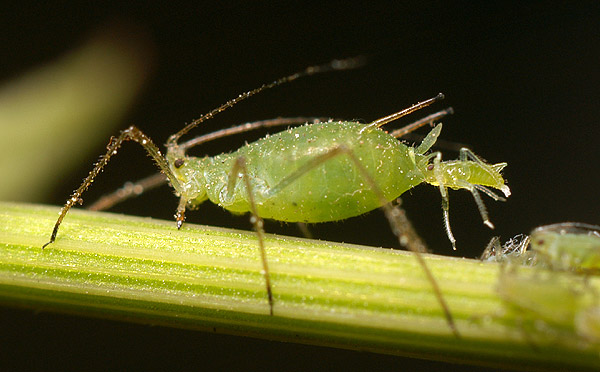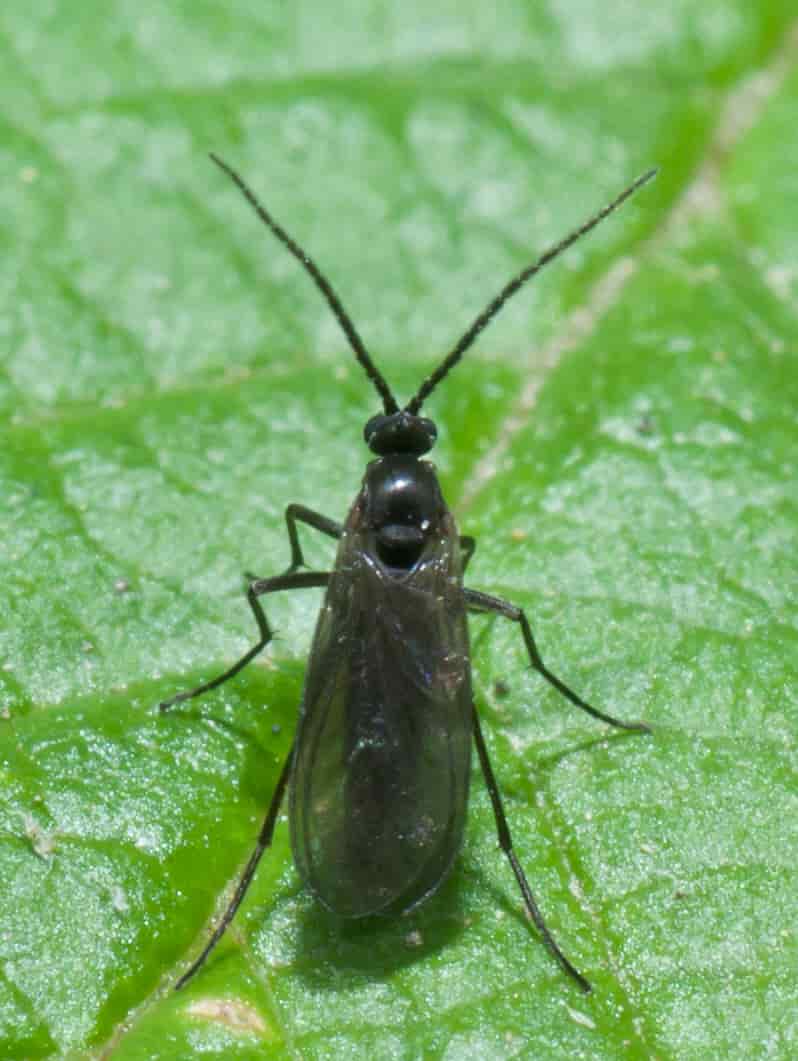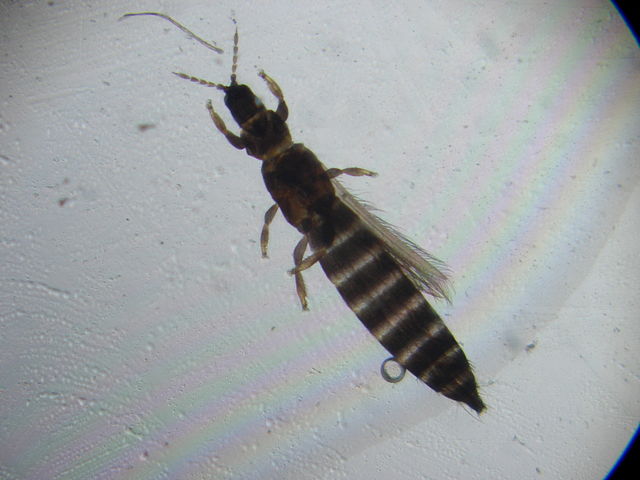One of the benefits of growing indoors is the control over the climate and generally pest free environment. Unfortunately though, being indoors doesn’t make your plants invulnerable to bugs and pests. This is especially the case for plants that spend part of their time outdoors, but it’s true for even plants grown exclusively indoors.
Therefore, regardless of where you grow, it’s important to know common pests and their signs. The best way to combat an infestation is to catch it before it begins. Make sure you routinely check your plants for pests or damage to catch issues before they become unmanageable. If you do find pests, then you can use these tips below to help get rid of them.
Aphids

One of the most common, and frustrating, garden pests is the aphid. Aphids can come in a variety of colors (red, black, green, white) and resemble small grasshoppers no bigger than a grain of rice. Aphids feed by sucking out the nutrients from the plants, quickly killing the plant. They also leave behind a white shell after molting. Both are telltale signs of an aphid infestation.
Removal techniques involve using insecticidal soap or neem oil. Both of these options are effect at removing the pests, but care must be take to completely remove the infestation lest you risk re-population. In addition, ladybugs also make a good deterrent to aphids. Ladybugs are a natural predator of the aphid, and are perfectly safe to live amongst your garden as they won’t harm your plants.
Fungus Gnats

Another pest, one which thrives in the decaying soil of gardens, are fungus gnats. They appear as small black flies, and are frequently mis-idenfitied as fruit flies. Fungus Gnats generally feed on the decaying matter in soil, but also feed on young plant roots. This can potentially cause damage to adult plants and outright kill younger ones.
The easiest way to get rid of fungus gnats is simple to remove their ideal living conditions. This means cleaning up and dead or dying leaves, and generally keeping your plant healthy. This makes the enviroment less hospitable for the gnats, and will eventually drive them out.
Thrips

Thrips are very small, about the size of a grain of rice, oval sized pests. They feed by sucking the nutrients of plants very similar to aphids. Infected plants may begin to turn pale, splotchy, and die.
The best organic removal of thrips is ladybugs. Like the aphid, ladybugs are natural predators of the thrips. Releasing a few into your garden is effective in both removing as well as preventing infestations. Outside of that, using insecticidal soap can be effective in removing a truly large infestation quickly.
Spider Mites

Spider mites are another garden pest frequently missed due to their extremely small size. On inspection, generally on the bottoms of leaves, you may see faint specks almost orangish in color. This is a spider mite infection. Much easier to see is the “webbing” they weave between leaves and plants. This appears like a normal spider web, but is actually spun by the spider mite. This webbing is almost a guarantee that you have an infestation, and makes things worse as it allows them to quickly spread between plants.
The best way to remove spider mites is simply to isolate them. Start by removing the webbing to help limit spread. Then, either remove dead/dying leaves or gently wash live ones with plant safe soap to remove the mites. They have also been shown to not do so well in humid environments. By increasing the humidity around your plants you can actively destroy an infestation. By contrast to other pests, spider mites are often quite easy to deal with.
Scale Insect

A very odd pest, the scale insect can often appear as strange, shell-like bumps instead of insects. This can make them difficult to detect, and it’s not uncommon for a large infestation to build up before being noticed. They generally take up residence on the branches and undersides of leaves. These pests will feed on the nutrients in the plants and slowly kill them if the infestation is large enough.
For small infestations, scale insects can be simply scraped off the branches or leaves. This can also be done by pruning or removing infected areas of the plant. Larger infestations will require the use of insecticidal soap. After an application it’s wise to check over the next few days to ensure no new pests emerge.
Common Garden Pests
Keeping these pests in mind will help you grow a worry free garden. The most important part of pest control is prevention, so keep a good eye on your garden. Dealing with a small infestation is always much easier than one that has had time to grow.






